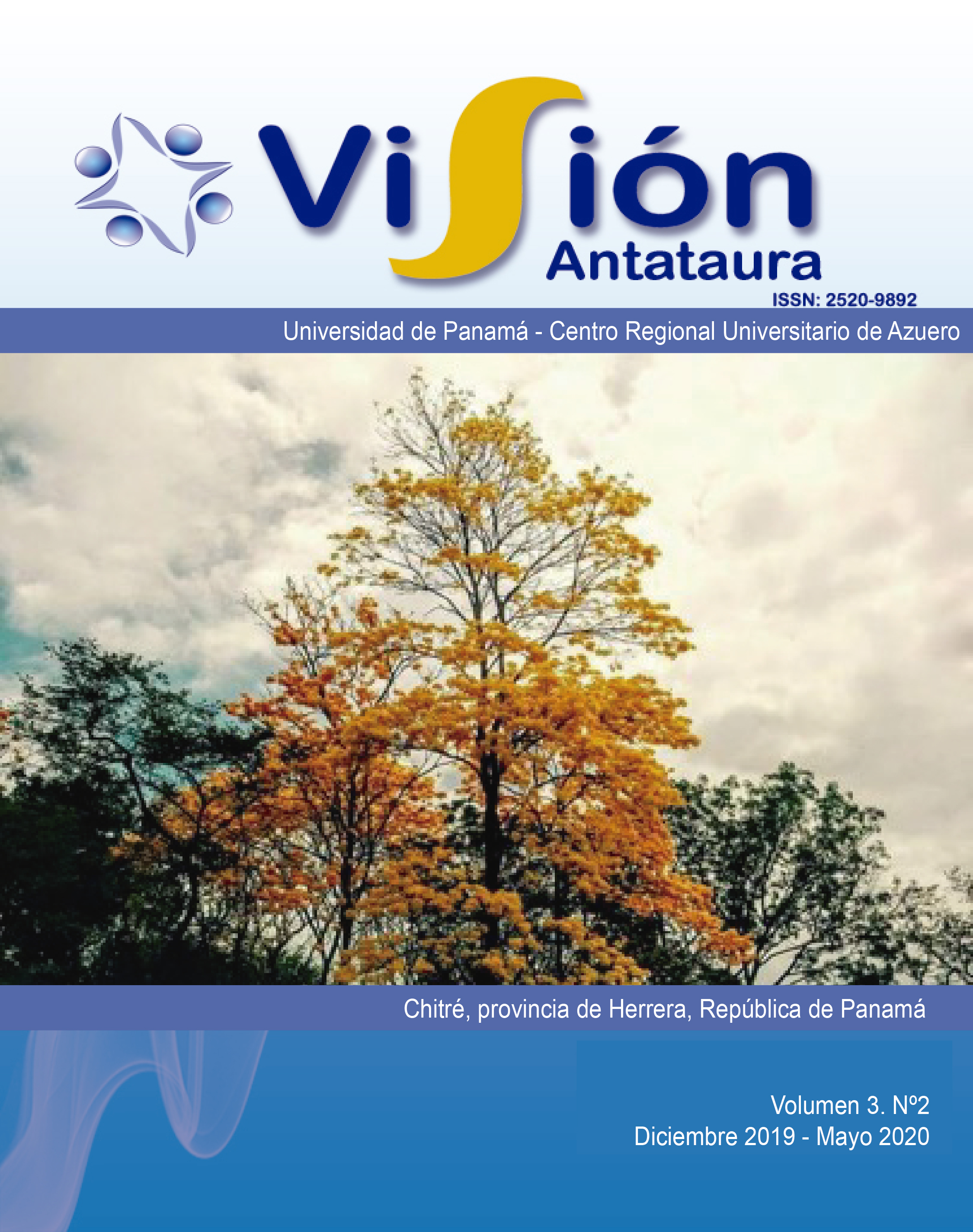

Este artículo expone cómo el crecimiento económico sobresaliente de Panamá está desacreditado por la pésima distribución de las riquezas. Panamá destaca en Latinoamérica por sus indicadores económicos, caracterizado con un crecimiento promedio del PIB de 6.3%, del 2007 al 2018. Sin embargo, cuando se plantea el desarrollo humano como objeto de análisis, el país resalta al poseer la mayor desigualdad de Centroamérica. La economía panameña se concentra en el sector terciario, el cual aporta cerca del 83% al PIB, los sectores industrial y agropecuario proporcionan el 14.3% y 2.7%, respectivamente. Al analizar el desarrollo desde un enfoque diferenciado urbano-rural, la desigualdad se manifiesta más marcada en las zonas rurales, donde viven 3 de cada 10 panameños, quienes se ocupan en un sector que está fragilizado desde hace décadas. La pobreza multidimensional y la subalimentación también se acentúan en las zonas rurales, ya que, 4 de cada 10 pobladores rurales son pobres; mientras que, en el caso de la población urbana es menor, 1 de cada 10.